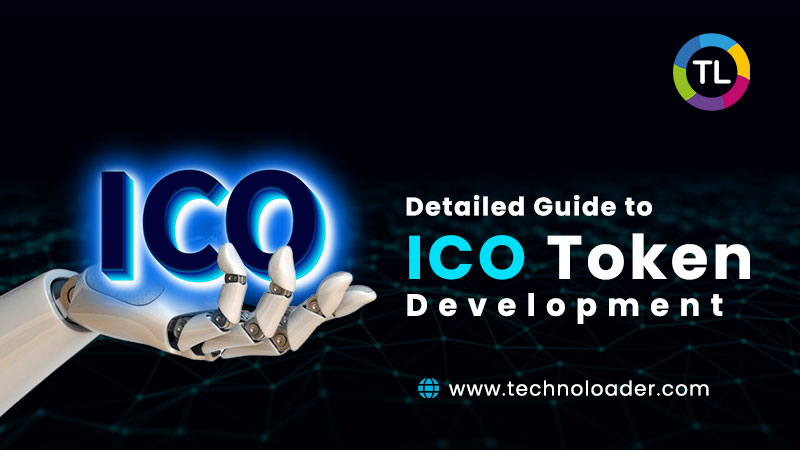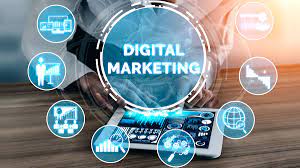
Digital innovation is transforming every facet of our lives, and healthcare is no exception. From advanced diagnostics to streamlined patient management systems, technology is revolutionizing how healthcare is delivered and experienced. Custom healthcare solutions, tailored to the unique needs of individuals and specific patient populations, are at the forefront of this transformation. This article explores the multifaceted impact of digital innovation on patient care and management, highlighting key advancements and their implications for the future.
1. Enhanced Diagnostic Accuracy and Speed
One of the most significant impacts of digital innovation is the improvement in diagnostic accuracy and speed. Artificial intelligence (AI) and machine learning (ML) algorithms can analyze medical images and data faster and more accurately than traditional methods. For example, AI-powered radiology tools can detect anomalies in X-rays, MRIs, and CT scans with a high degree of precision, often surpassing human radiologists in early detection of conditions such as cancer and neurological disorders. This rapid and accurate diagnosis allows for timely interventions, significantly improving patient outcomes.
2. Telemedicine and Remote Patient Monitoring
Telemedicine has emerged as a critical tool for extending healthcare access, especially in rural and underserved areas. By leveraging video conferencing, secure messaging, and mobile apps, healthcare providers can offer consultations and follow-up appointments remotely. This not only saves time and reduces the need for travel but also ensures continuity of care during situations like pandemics or natural disasters.
Remote patient monitoring (RPM) technologies, such as wearable devices and home monitoring systems, allow patients to track their health metrics like blood pressure, glucose levels, and heart rate in real-time. These devices can alert both patients and healthcare providers to potential health issues before they become serious, enabling proactive management of chronic conditions.
3. Electronic Health Records (EHR) and Data Integration
The adoption of Electronic Health Records (EHR) has revolutionized patient data management. EHRs provide a comprehensive, digital version of a patient’s medical history, accessible to authorized healthcare providers across different facilities. This seamless sharing of information ensures coordinated care, reduces duplication of tests, and minimizes the risk of medical errors.
Data integration and interoperability between different health information systems further enhance the utility of EHRs. Integrating data from various sources, including labs, pharmacies, and specialist consultations, gives healthcare providers a holistic view of a patient’s health, facilitating more informed decision-making.
4. Personalized Medicine
Digital innovation is driving the shift towards personalized medicine, where treatments and preventive measures are tailored to individual patients based on their genetic makeup, lifestyle, and environmental factors. Genomic sequencing technologies and big data analytics enable healthcare providers to predict disease risks, customize treatment plans, and identify the most effective therapies with fewer side effects.
For instance, pharmacogenomics—the study of how genes affect a person’s response to drugs—helps in prescribing medications that are most likely to be effective for a particular patient, thus enhancing the efficacy and safety of treatments.
5. Improved Patient Engagement and Experience
Technology is also enhancing patient engagement and experience. Mobile health apps, patient portals, and online communities empower patients to take an active role in managing their health. These platforms provide easy access to medical information, appointment scheduling, medication reminders, and communication with healthcare providers.
Patient engagement tools not only improve adherence to treatment plans but also foster a sense of empowerment and satisfaction. Patients who are actively involved in their healthcare decisions tend to have better health outcomes and a more positive experience with the healthcare system.
6. Operational Efficiency and Cost Reduction
Digital innovation streamlines administrative processes and improves operational efficiency in healthcare facilities. Automated systems for appointment scheduling, billing, and inventory management reduce administrative burdens on staff, allowing them to focus more on patient care.
Moreover, predictive analytics and AI-driven insights help healthcare organizations optimize resource allocation, manage patient flow, and reduce wait times. These efficiencies lead to cost savings, which can be reinvested into improving patient care and expanding services.
7. Enhanced Security and Data Privacy
With the digitization of health records and the increasing use of connected devices, ensuring data security and privacy has become paramount. Advanced encryption technologies, blockchain, and robust cybersecurity measures are being implemented to protect sensitive patient information from breaches and unauthorized access.
These security measures build trust between patients and healthcare providers, ensuring that personal health information is handled with the utmost care and confidentiality.
Conclusion
Digital innovation is undeniably transforming patient care and management. The integration of advanced technologies in healthcare is not only enhancing diagnostic accuracy, treatment efficacy, and patient engagement but also improving operational efficiency and reducing costs. As digital tools continue to evolve, their potential to further revolutionize healthcare delivery and patient outcomes is immense. Embracing these innovations and addressing the associated challenges will be crucial for the continued advancement of healthcare systems worldwide.
FAQ:
1. How does digital innovation improve diagnostic accuracy and speed?
Digital innovation improves diagnostic accuracy and speed by utilizing artificial intelligence (AI) and machine learning (ML) algorithms. These technologies can analyze medical images and data with high precision, often detecting conditions like cancer and neurological disorders earlier than traditional methods. This rapid and accurate diagnosis allows for timely interventions, significantly enhancing patient outcomes.
2. What is the role of telemedicine in modern healthcare?
Telemedicine extends healthcare access by enabling remote consultations and follow-up appointments through video conferencing, secure messaging, and mobile apps. This is particularly beneficial for patients in rural and underserved areas, reducing the need for travel and ensuring continuity of care during emergencies such as pandemics or natural disasters. Telemedicine improves convenience and accessibility for both patients and healthcare providers.
3. How do Electronic Health Records (EHR) enhance patient care?
Electronic Health Records (EHR) provide a comprehensive, digital version of a patient’s medical history that is accessible to authorized healthcare providers across different facilities. This seamless sharing of information ensures coordinated care, reduces the duplication of tests, and minimizes the risk of medical errors. EHRs facilitate a holistic view of a patient’s health, enabling more informed and effective decision-making.
4. What is personalized medicine and how does it benefit patients?
Personalized medicine tailors treatments and preventive measures to individual patients based on their genetic makeup, lifestyle, and environmental factors. Technologies like genomic sequencing and big data analytics help predict disease risks, customize treatment plans, and identify the most effective therapies with fewer side effects. This approach enhances the efficacy and safety of treatments, leading to better health outcomes.
5. What measures are in place to ensure the security and privacy of digital health data?
Advanced encryption technologies, blockchain, and robust cybersecurity measures are implemented to protect sensitive patient information from breaches and unauthorized access. These security measures are essential for building trust between patients and healthcare providers, ensuring that personal health information is handled with the utmost care and confidentiality. Ensuring data security and privacy is a top priority in the digital transformation of healthcare.







